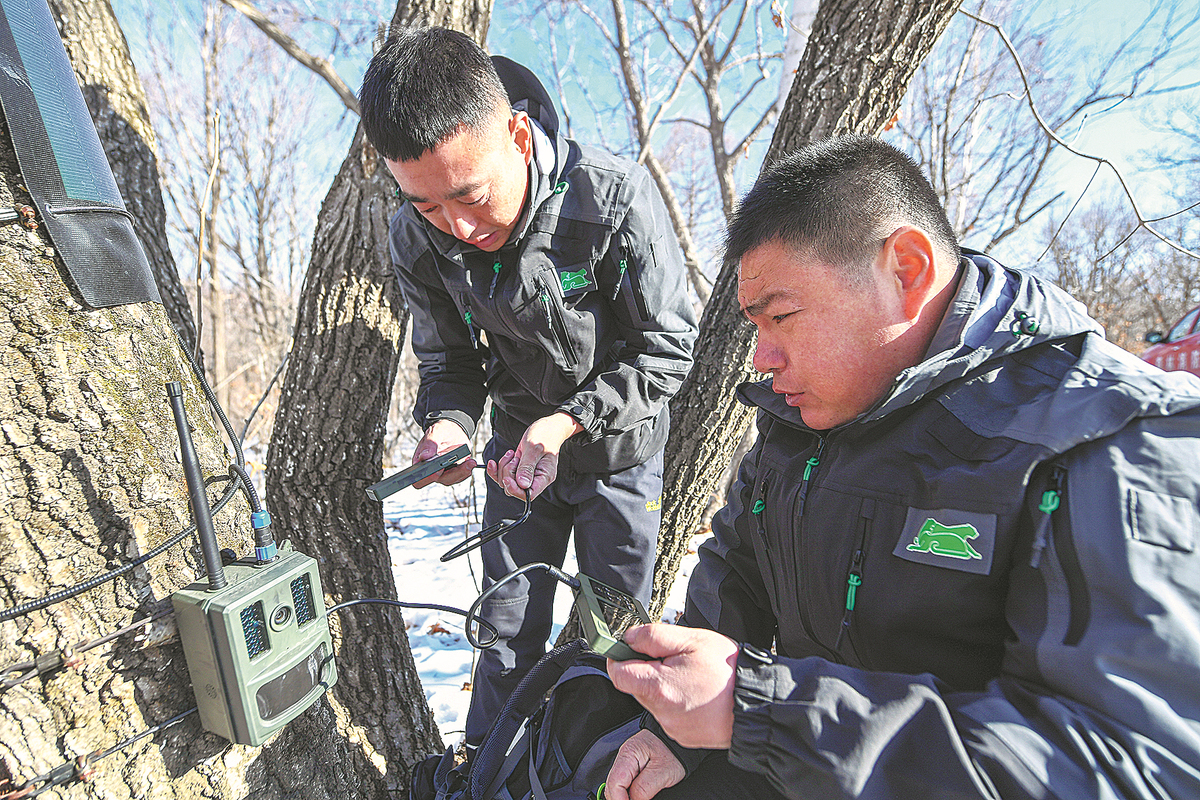Tiger park earns its stripes for new ecoconservation efforts


Fresh approach
The park's ecological restoration efforts were not new, however. For example, an afforestation project dating back to the 1960s has turned a desert in Saihanba, Hebei province, into a sprawling forest park.
Meanwhile, hundreds of billions of yuan have been spent since 1998 to return cropland to forests and grassland, which has helped to reduce soil erosion along the upper and middle reaches of the Yellow River.
However, including a certain species in the country's development plan and creating a national park tailored for its benefit signaled that China's preservation efforts had reached a new level.
This new approach was hinted at in 2012, when Xi took over as general secretary of the Communist Party of China. At the CPC's 18th National Congress that year, environmental preservation entered the blueprint for "socialist construction" as an individual category on a par with the economy, politics, culture and civil society. "The heightened attention on the cats showed that China's knowledge of ecological civilization had achieved a leap forward," Ge said.
Instead of building individual protected areas, the national parks program took a step further.
A major task during the trial period was to restore the belt-like, continuous "ecocorridors", which allow wildlife to travel unimpeded among the now largely isolated habitats, according to a construction plan on the park's website.
Before the park was created, the habitats of Amur tigers were scattered across four areas of unspoiled land in Jilin and Heilongjiang that had become separated by the presence of humans.
In August last year, a paper published in Natural Protected Areas, an academic journal, called the corridors the "most pressing issue" facing the big cats' survival in the wild.
The corridors, which are urgently needed to connect the dots, will help promote genetic exchanges and open a passage for Russian tigers to settle down in their long-lost home in China, it added.
Ge said, "To welcome the big cats home, people need to make room for them."
























